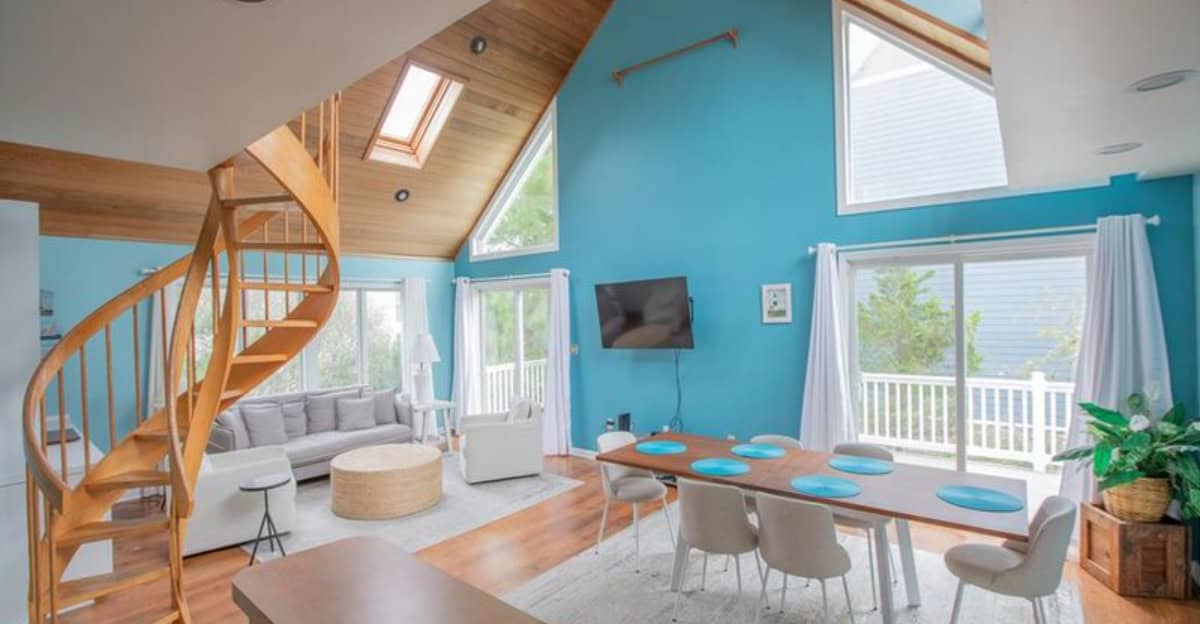Choosing the right flooring for your attic can be a daunting task. Many homeowners make common mistakes that lead to costly repairs and unsatisfactory results.
This guide will help you avoid the pitfalls and make the best choice for your attic space.
1. Ignoring Weight Limitations
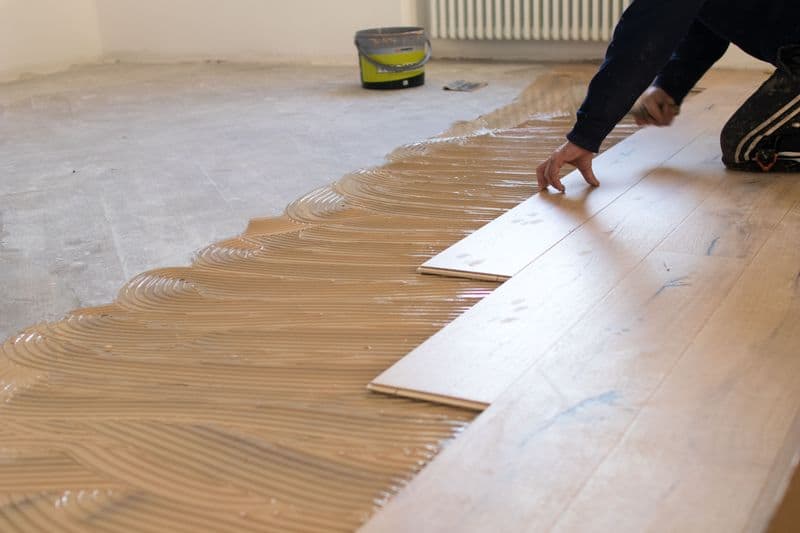
When choosing attic flooring, never overlook weight limitations. The attic structure may not support heavy materials, leading to dangerous sagging.
Lightweight options, like plywood or engineered wood, often work best. Consult a structural engineer to assess your attic’s load capacity.
Failing to do so can result in costly repairs. An overloaded floor not only risks damage to your home but also creates safety hazards.
Always prioritize safety when selecting materials. Proper planning ensures a durable and secure attic floor, preventing future headaches and unexpected expenses.
2. Overlooking Insulation Needs
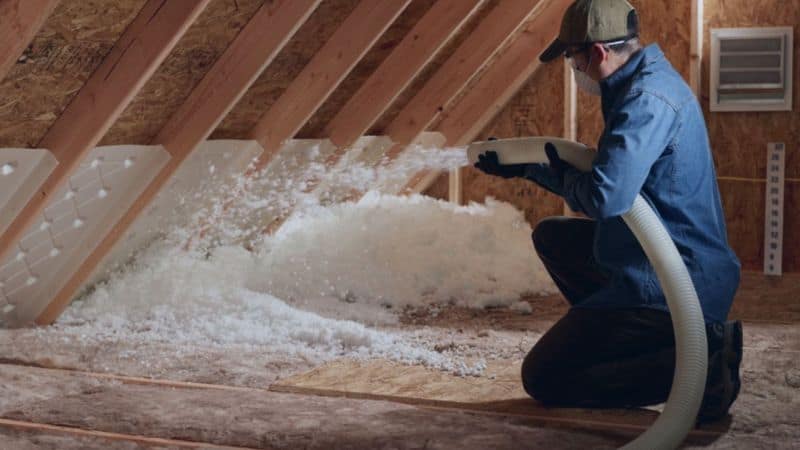
Insulation is crucial in attic flooring. Many forget this aspect, focusing solely on aesthetics.
A well-insulated attic floor improves energy efficiency, reducing heating and cooling costs. Materials like cork or insulated panels offer dual benefits of comfort and energy savings.
Without proper insulation, you might experience temperature fluctuations and increased energy bills.
Consider local climate conditions when choosing flooring. Investing in insulation improves home comfort, making your attic a usable space year-round.
3. Choosing Style Over Functionality
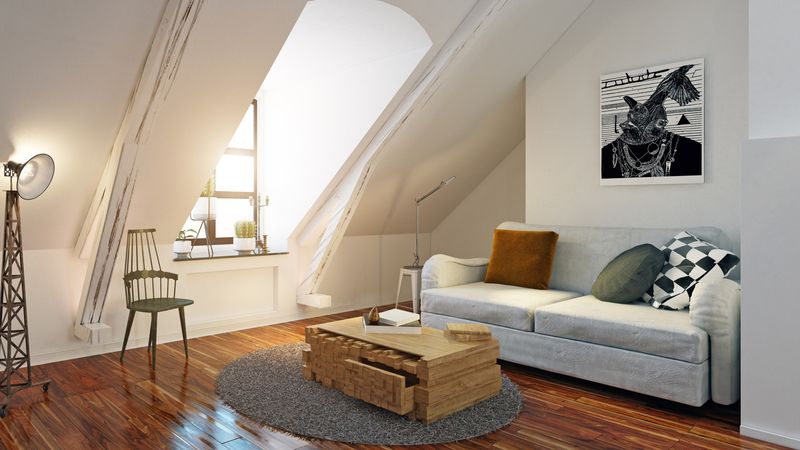
While style matters, functionality should never be secondary. A beautiful floor is worthless if it doesn’t meet the attic’s functional needs.
For example, glossy surfaces might look appealing but can be slippery.
Prioritize slip-resistant and durable materials. Assess your attic usage. Will it be a storage space or a living area? Your choice should reflect its purpose, ensuring safety and practicality.
Combining style with functionality ensures a versatile and safe attic environment, suitable for varied uses.
4. Skipping Soundproofing
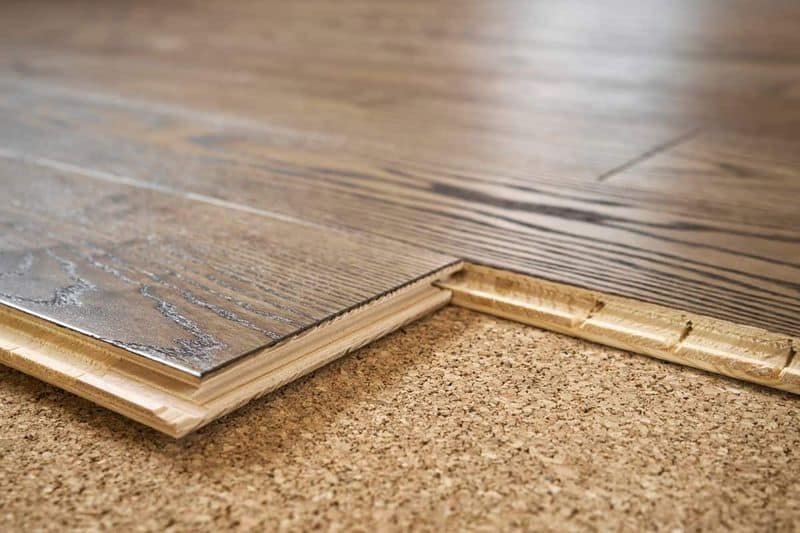
Soundproofing is often neglected in attic flooring, leading to noise issues.
If your attic will be a living space, soundproofing makes it more enjoyable. Materials like carpet tiles or acoustic underlays significantly reduce noise transmission.
Without it, sounds from below or above can disrupt the peace. Assess your needs.
A quiet attic enhances comfort and usability, making it a refuge from daily noise. Don’t overlook this essential feature.
5. Neglecting Moisture Control
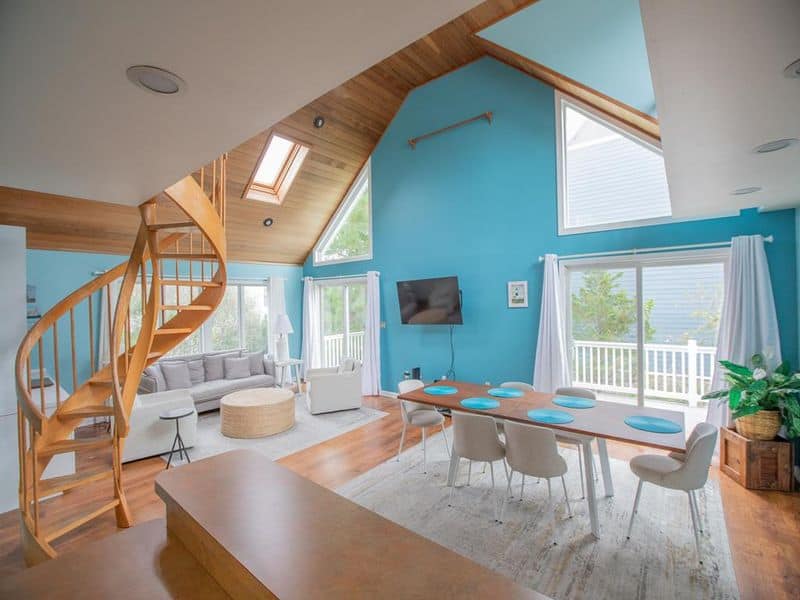
Moisture can be a silent destroyer in attic flooring. Ignoring it invites trouble.
Select materials resistant to moisture, like vinyl or treated wood, to prevent warping and mold growth.
Ensure proper ventilation and consider a vapor barrier. Moisture control extends the life of your floor.
A dry attic is a healthy attic, minimizing potential damage and health risks associated with mold. Protect your investment by choosing wisely.
6. Misjudging Floor Height
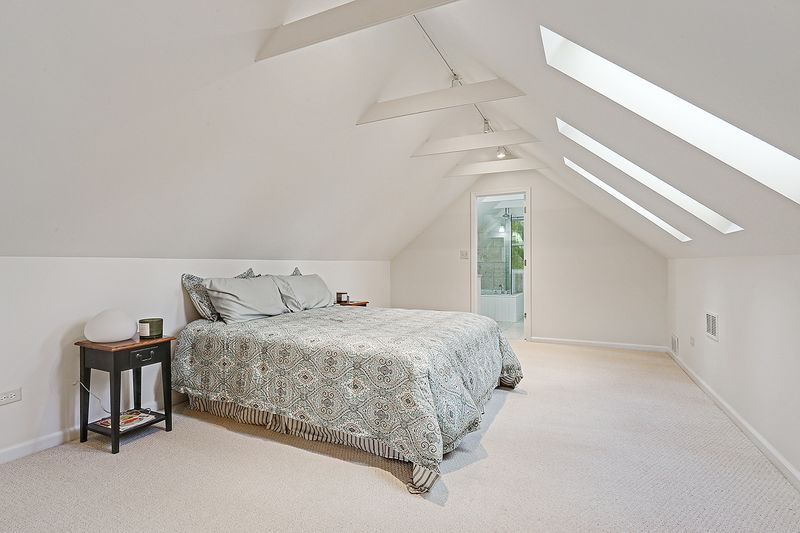
Floor height may seem trivial, but it’s vital, especially in attics with low ceilings.
Adding flooring can reduce headroom, making the space feel cramped. Consider the combined thickness of the flooring and subfloor.
Opt for thinner materials if headroom is limited. Proper planning maintains your attic’s functionality and comfort.
Don’t compromise on space, and ensure your attic remains a pleasant area to use.
7. Using Non-Durable Materials
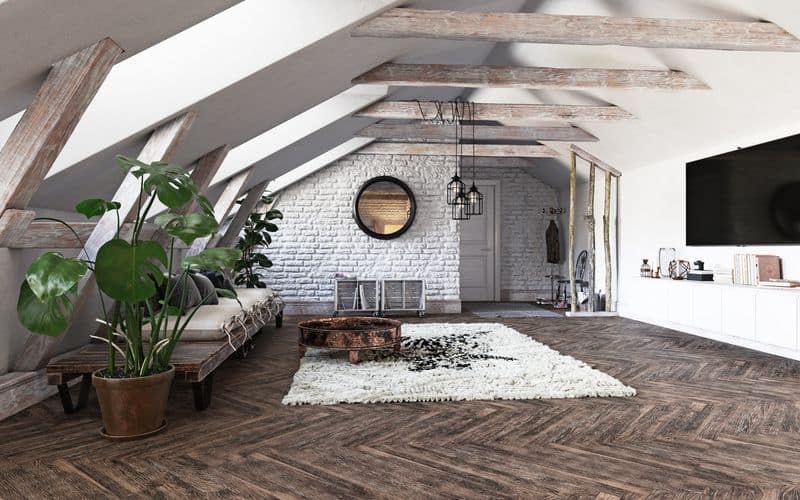
Durability is key for attic flooring. Some choose appealing but fragile materials that wear quickly.
High-traffic areas demand robust flooring like laminate or hardwood. Avoid soft woods that scratch easily. Longevity saves money and effort in the long run.
Durable materials withstand daily use and occasional mishaps.
Focus on quality and resilience, ensuring your attic floor endures over time. It’s a wise investment in your home’s future.
8. Disregarding Floor Movement
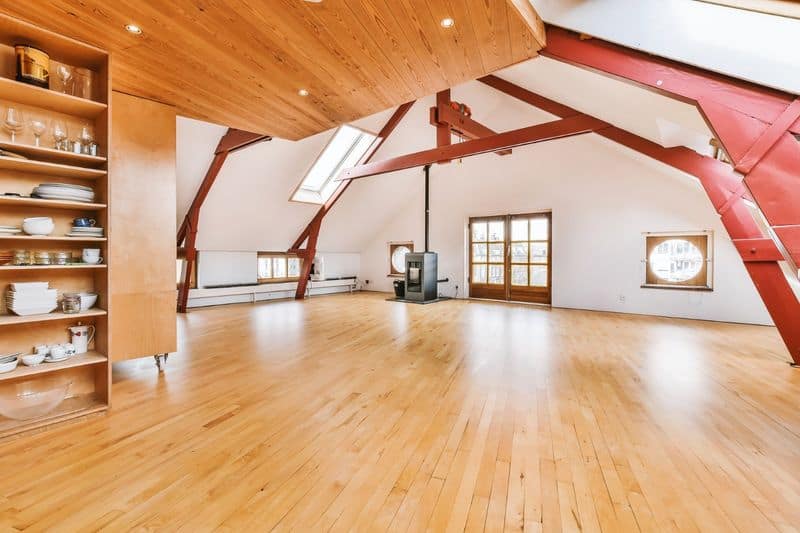
Floor movement can lead to significant issues if not properly addressed.
As temperatures and humidity change, some materials expand and contract. Avoid flooring that doesn’t accommodate movement, like rigid tiles, unless you provide expansion gaps.
Floating floors can handle movement better. Failure to address this leads to damage and costly repairs.
Ensure flexibility in your flooring choice to maintain its appearance and function over time.
9. Inadequate Preparation
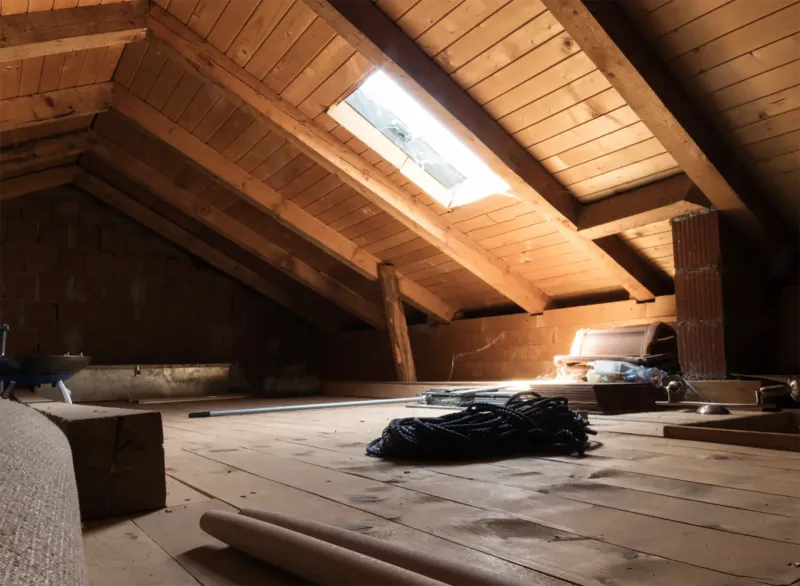
Preparation is crucial for successful attic flooring installation. Rushing leads to mistakes.
Clear the space entirely, ensuring a clean and level subfloor. Any debris or unevenness can affect installation quality.
Proper preparation ensures a smooth process and satisfactory result.
Invest time in preparation, reducing the risk of future issues, such as uneven surfaces or squeaks.
10. Ignoring Attic Access
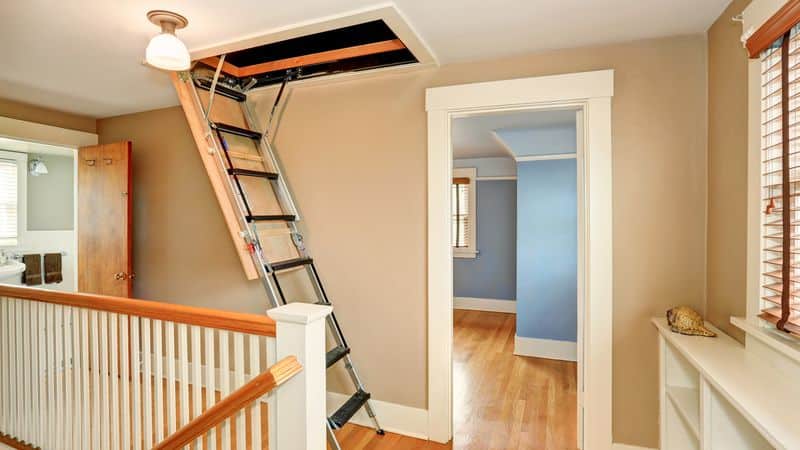
Attic access is a common oversight in flooring projects. Ensure your flooring choice accommodates the existing access point.
Consider how flooring might affect ladder or staircase placement. Opt for materials that don’t obstruct or complicate access.
Smooth transitions between floors and access points maintain usability and safety.
Thoughtful consideration prevents future headaches and maintains functionality.

